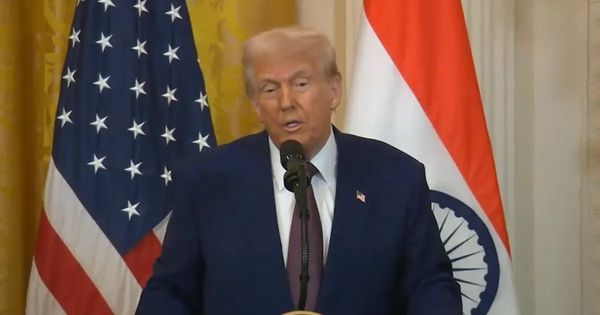.png?fit=outside&w=1200&h=630)
U.S.-India Trade Talks Could Open Doors for American Pulse Exports
2.21.25 – The United States and India are in negotiations on a new trade deal that could lower tariffs and provide better market access for American agriculture, particularly pulse crops. India, the world’s largest consumer of pulses, has historically imposed high tariffs, limiting U.S. exports. However, with India’s domestic pulse production declining and imports surging by 90% in 2023-24, the demand for these commodities is growing.
During a recent visit by Indian Prime Minister Narendra Modi, both nations agreed to begin discussions aimed at easing trade barriers. President Trump has made it clear that if an agreement is not reached, the U.S. will impose reciprocal tariffs on Indian goods. “India has been one of the highest tariff nations anywhere in the world,” Trump stated. “If they continue, we’ll match whatever they charge us.”
For American pulse farmers, this deal could be a game-changer. The U.S. exported $174 million in pulse crops to India in 2014, but that number plummeted to under $1 million in 2023 due to restrictive tariffs. Recent policy shifts, including the temporary removal of duties on chickpeas and lentils through March 2025, signal a potential shift in trade relations.
Tim McGreevy, CEO of USA Pulses, believes these negotiations could create long-term opportunities for American producers. “This deal, while not a full free trade agreement, seeks to lower tariffs and remove non-tariff obstacles, particularly in sectors like agriculture." he said. "Both sides hope to reach an agreement by fall 2025. The move comes in response to the U.S. considering reciprocal tariffs, which could significantly impact India due to its high agricultural tariffs.”
The U.S. aims to expand total trade with India to $500 billion by 2030, and opening the pulse market would be a significant step in that direction. With American pulse production increasing, farmers are ready to meet India’s demand—if trade barriers are lifted.
As negotiations continue, farmers and ag leaders are watching closely. If a deal is struck, it could provide much-needed relief for American pulse producers. But if talks stall, retaliatory tariffs could escalate tensions.
Stay tuned for updates on U.S.-India trade developments and their impact on American agriculture.
Source: Western Ag Network










